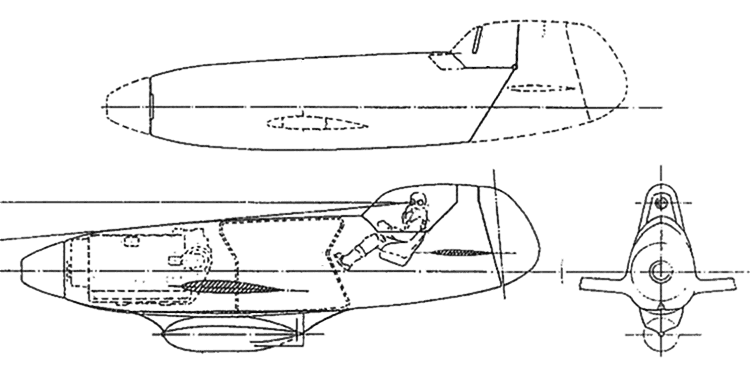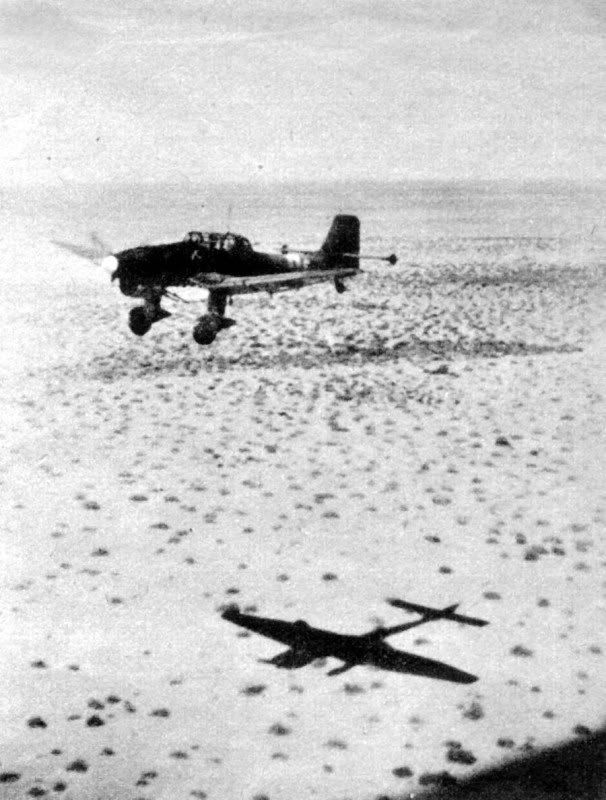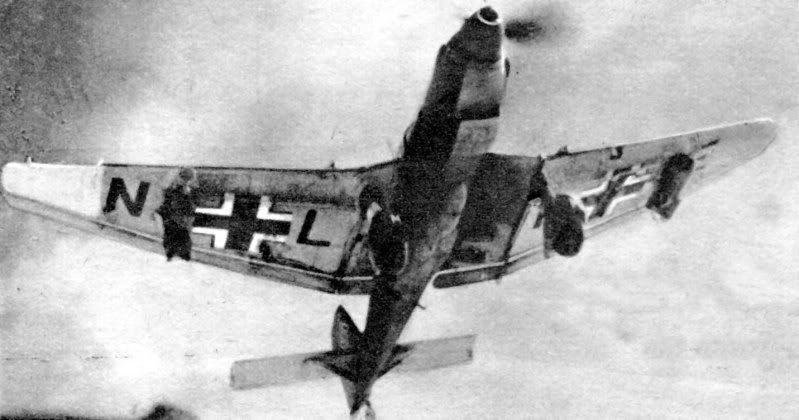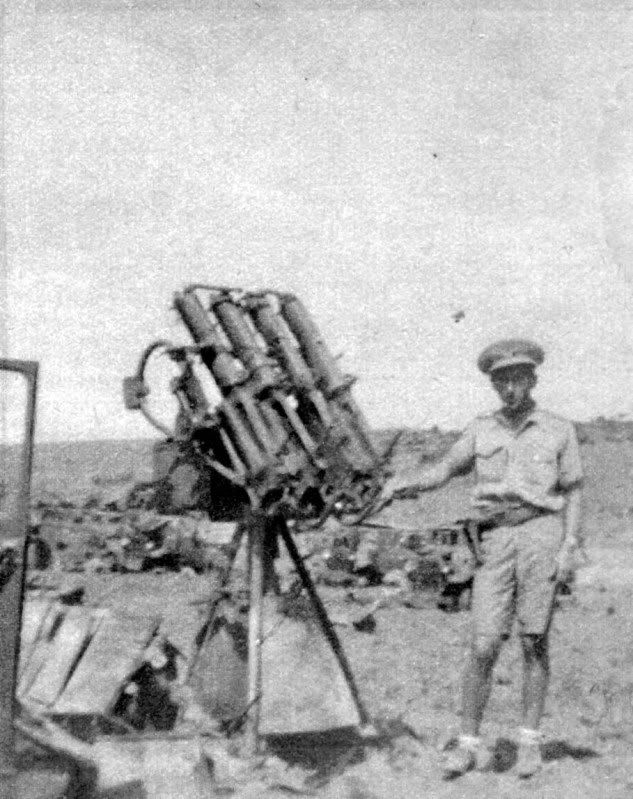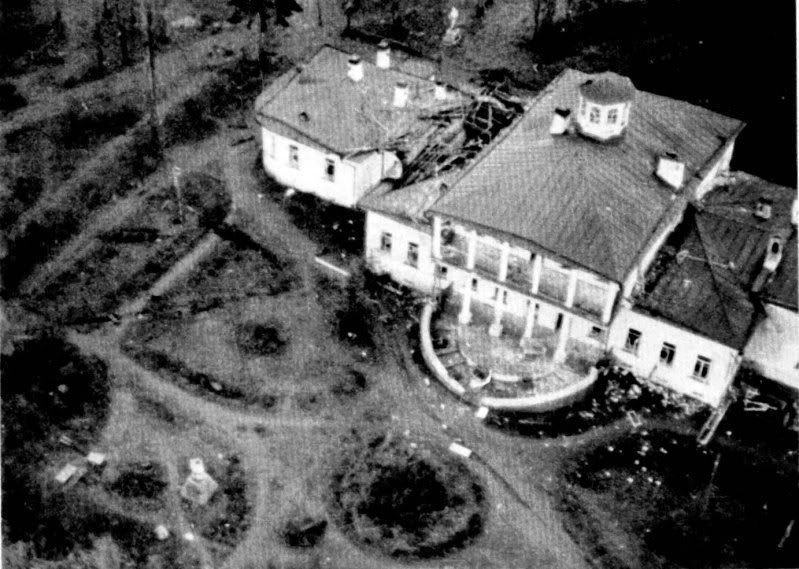The inversion and reversal of meanings of words is common in aeronautics: sophisticated is an all to frequent example which shows sloppy thinking and limited vocabulary, neither of which we can afford today. The old, but utterly wise advices to test pilots given by Mr.David P. Davies, past Head of Flight Department and Chief test Pilot of the Airworthiness Division of the Civil Aviation Authority, however, richly deserves wider appreciation.
[i]1) Don’t believe other people – prove it for yourself.
-
Stick to what you have proved believable.
-
Don’t be overawed by other more senior people.[/i]
Our main problem, however, is that aircraft design is about people every bit as much as machines. The things said by different people about certain flying machines are reflecting their own experiences and their knowledge. That’s why in this subject written history must never be ignored. Especially the untold or lesser-known history, deeply buried in various dusty repositories, discarded and almost useless as the cartwheels on a modern heavy-traffic highway.
If you have a mind like mine, honorable ladies and gentlemen, it will go blank and the brain will stall at the first sight of a page of higher mathematics. Unfortunately, though, mathematics cannot be avoided in aeronautics, because we are concerned with physics, more precisely with shapes, proportions, sizes, weights, power, etc. And although certain simple mathematics are again and again insufficient for a completely scientifically based argumentation and validation, some simple mathematical operations are completely sufficient to emphasize the fact that our clumsy looking, completely outmoded, single-engined pants equipped dive-bomber actually was remarkably maneuverable by any standards – as a matter of fact, Ju 87 family actually possessed better maneuverability then otherwise highly respected Allied fighters of the WW 2 like Lavochkin La 5, or North American P 51 D, primarily due to its uncommonly low wing loading (the loaded weight of the aircraft divided by the area of the wing).
Yes, I know, honorable ladies and gentlemen: It sounds completely unbelievable, but the good old Ju 87 B-2, for example (maximum weight 4460 kg, wing area 31,90 m2) actually possessed a specific wingload of only 139,81 kg/m2 (179,31 kg/m2 in its D-3 variant), while this value by the renowned P 51 D was 192 kg/m² (La 5 FN on the other hand was only slightly better - 186 kg/m2). In capable hands, therefore, good old Ju 87 was completely able not only to outmaneuver enemy fighters in prolonged turning engagements, but even to attack adversary fighters, as described in a completely mind-boggling mission-report which was printed in a less-known Hungarian military magazine “Magyar Szárnyak” (Hungarian wings) [No. 3 – February, 1944. – pp. 11-12].
That fact often surprised and sometimes even endangered attacking Allied fighters, not even to mention that on some not so infrequent occasions aged Ju 87’s managed to shoot down their attackers with those rearwards-looking MGs. Such examples were numerous but less-known as well - even in late 1943 (November 19th),for example, a Soviet Yak 9 fighter was shot down by gunfire from a close formation of old Romanian Ju-87’s.
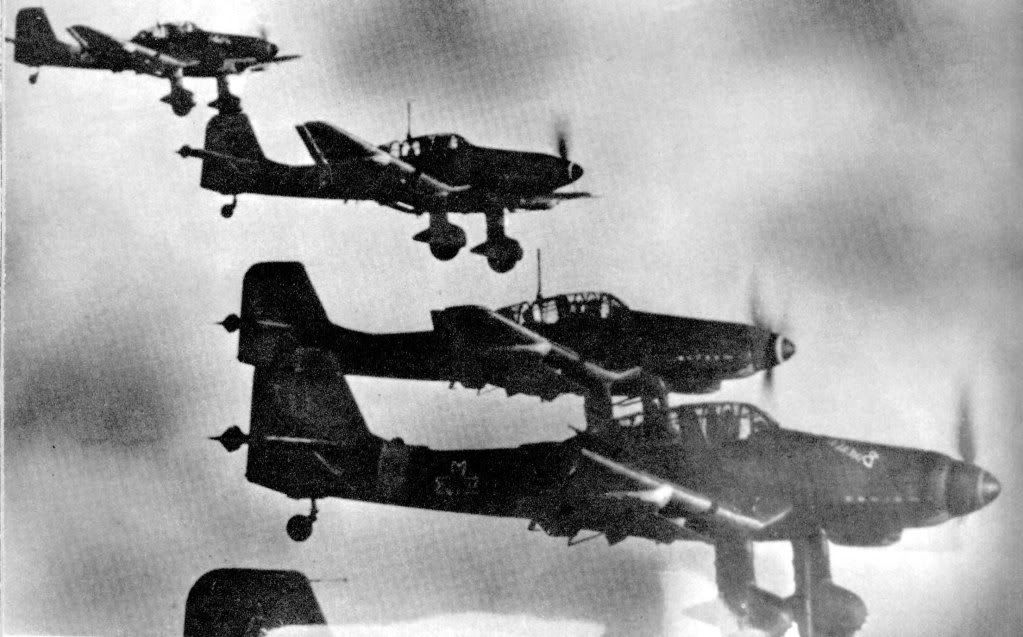
Ju 87 D-3s of the 3rd Dive Bomber Group, Royal Romanian Air Force – October, 1943
This subject remains relatively unknown not only to the general public, but also to people professionally involved in aeronautical research. For example, the story of Ju 87’s factual maneuverability rarely is a part of a modern textbook on WW 2 aviation, or a modern aeronautical course related to effects of aerodynamic brakes usage in low-speed level-flight evasive maneuvering – but with a little bit of luck we will be able to add some innovative resources to this highly intriguing issue. Perhaps the accurate translation of certain completely forgotten personal war-diaries from early 1944 is the best starting point. 
In the meantime, as always – all the best! 





